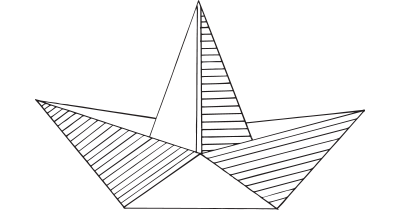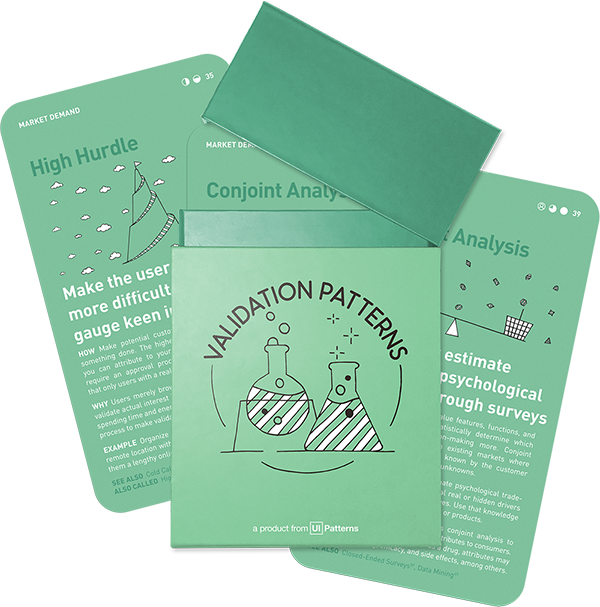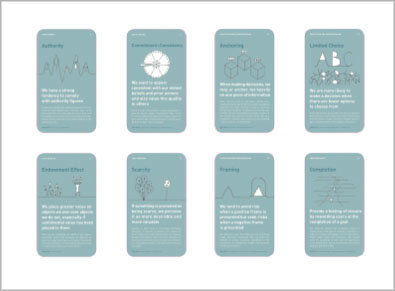Idea Validation: Product
Paper Prototype
Rapidly sketch and lay out interaction design concepts on paper

How: Sketch a quick and rough drawing of a static user interface or model of a design on a piece of paper. Consider using cut-outs to create a design system of movable components or simulating animations and interactions with folded paper.
Why: A cheap tool that is easy to understand and fast to use for anyone inside and outside a team to demonstrate a product and its proposed user experience before writing code or beginning development. While paper prototyping seems simple, it can provide great, quick, and useful feedback that can validate your product fast.
Paper prototyping shouldn’t be your first resort
Low fidelity prototyping on paper is too often chosen as the first step to making an idea come to life. This makes perfect sense, as paper prototyping can be a great help transferring your ideas and vision into a product that can be seen and experiences by those involved.
However, prototyping will only help you make the solution more concrete to your peers. It won’t necessarily help you find out whether there is a demand for your envisioned product.
Much more important to testing your solution and its feasibility, is testing demand. Is your product desirable. Before validating your envisioned solution, you want to validate that the problem it solves is real and large enough to make up a market.
Real life Paper Prototype examples
Twitter, Quicken & Vimeo
Most household tech products started their life on paper. While most paper prototypes never reach the public eye, a few are public. Twitter, Quicken, and Vimeo are among those you can find through a simple search online.
Source: Top 5 Paper Prototype Screens
A collection of 60 product experiments that will validate your idea in a matter of days, not months. They are regularly used by product builders at companies like Google, Facebook, Dropbox, and Amazon.
Get your deck!Related plays
- Prototyping - The UX playbook by Hanno
- Paper Prototyping – A list apart by Shawn Medero
- The Real Startup book - Paper Prototyping by Tristan Kromer, et. al.

